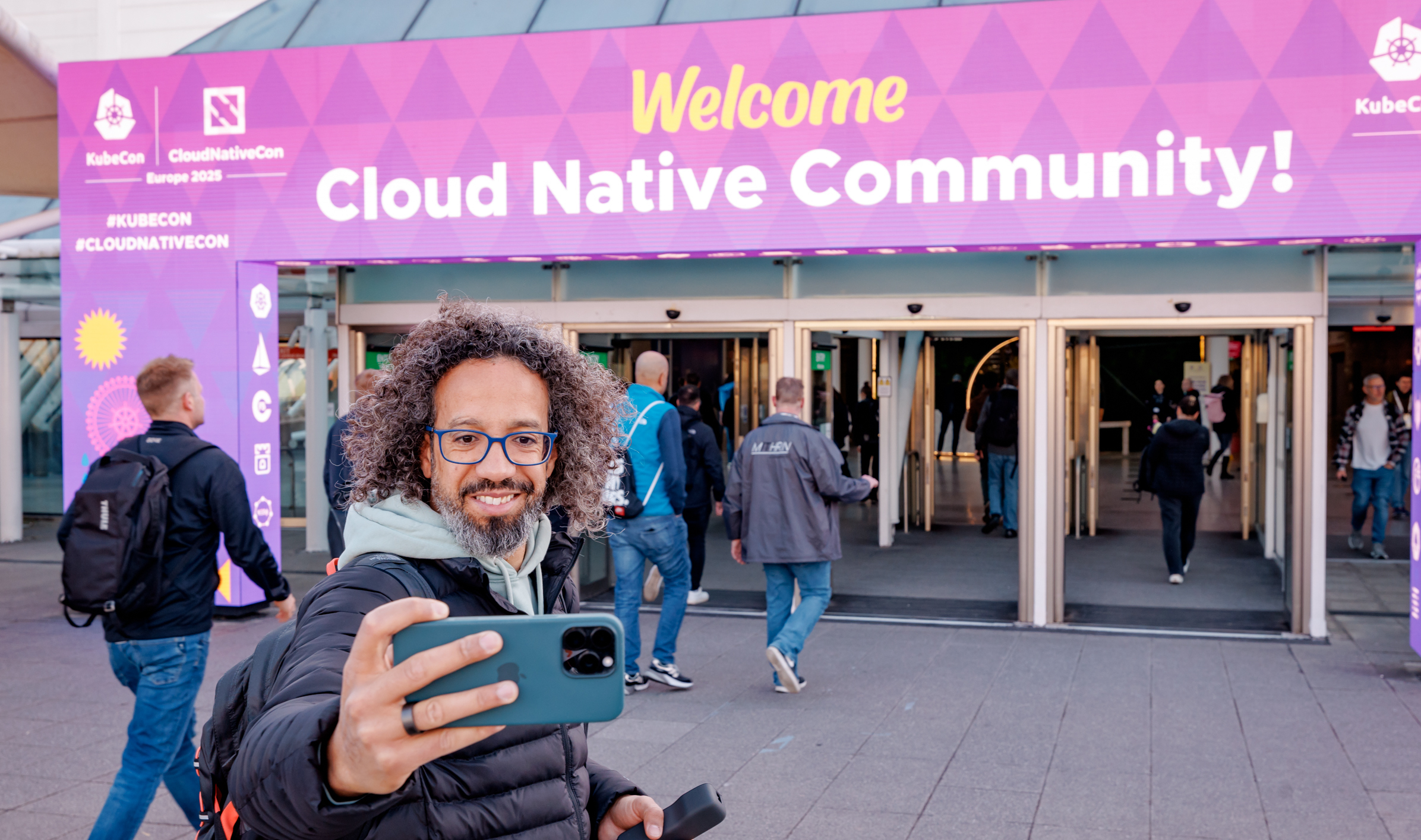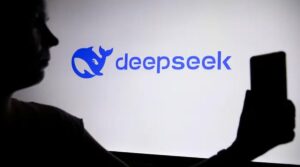Agents, DeepSeek, and MCP: Kubernetes Evolves for the New Era of AI

The Evolution of Kubernetes in the Age of AI
A New Era for Kubernetes
In June 2014, the first commit of Kubernetes, the open-source tool for container orchestration, was pushed to GitHub. As it approaches its 11th anniversary, Kubernetes finds itself within a rapidly transforming technological landscape, largely influenced by advancements in artificial intelligence (AI) and machine learning (ML). This shift raises questions about Kubernetes’s ability to adapt and thrive amidst these changes. Recent discussions at the KubeCon + CloudNativeCon Europe event held in London highlighted these concerns.
The Changing Landscape of Applications
Kubernetes was primarily designed to manage microservices and stateless applications. However, as noted by Jago Macleod, director of engineering for Kubernetes at Google Cloud, the types of applications running on Kubernetes today are becoming significantly more complex, especially with the rise of AI and ML workloads. The infrastructure that supports these modern apps requires new levels of interoperability and standardization.
The Impact of Model Context Protocol (MCP)
A key player in the evolving technology space is the Model Context Protocol (MCP), which was introduced by Anthropic PBC last year. This open-source protocol has quickly gained traction, with over 1,000 community-built servers and connectors. MCP allows AI models to connect seamlessly with external data sources without developers needing to create custom integrations. Keith Babo, chief product officer at Solo.io, remarked on its rapid popularity, emphasizing its potential for growth.
Solo.io recently launched the MCP Gateway, a resource aimed at facilitating the integration and governance of AI agents within Kubernetes, demonstrating the tool’s promise in a cloud-native environment.
Kubernetes Powers Intelligent Workloads
Despite the emergence of MCP, Kubernetes continues to be a vital resource for managing intelligent workloads. Major cloud providers like Google Cloud and Amazon Web Services (AWS) are collaborating within the cloud-native community to evolve Kubernetes further, enabling it to handle high-performance AI model training and inference tasks.
David Nalley from AWS explained that organizations are increasingly leveraging Kubernetes to orchestrate these advanced workloads. This adaptability positions Kubernetes as a foundational technology for AI and ML applications.
Innovations in AI Tools for Kubernetes
To improve AI deployment, tools like the Kubernetes AI Toolchain Operator (KAITO) have been developed to simplify the integration of AI models in cloud environments, such as Microsoft’s Azure Kubernetes Service. KAITO uses retrieval-augmented generation (RAG) features to enrich AI models with contextual data, showcasing how Kubernetes can support advanced AI functionalities.
Additionally, projects within the Cloud Native Computing Foundation, such as Volcano and Kubeflow, are gaining interest from enterprises. Volcano enhances scheduling in multi-cluster setups, making it easier to manage scalable AI workloads, while Kubeflow provides a framework for developing and managing machine learning workloads directly on Kubernetes.
The Rise of AI Agents
The increasing focus on AI agents—intelligent software programs that can autonomously perform tasks—is driving the demand for tools that enhance their functionality within Kubernetes. At KubeCon, discussions centered around the potential of these agents, which have become a focal point for many industry leaders.
Solo.io unveiled its kagent, touted as the first open-source agentic AI framework for Kubernetes, and announced plans to contribute this tool to the CNCF. Furthermore, Kubiya Inc. introduced an enterprise AI stack designed for managing agent orchestration and monitoring within Kubernetes, further solidifying the ecosystem’s focus on AI integration.
Omer Hamerman from Zesty.co spoke about how AI potentially enhances existing tools, shaping new roles for AI agents within Kubernetes clusters.
The Future of Open Source AI Models
The open-source landscape for AI is rapidly expanding, with notable developments such as DeepSeek, a Chinese startup that recently released an open-source AI model that competes with established U.S. companies. This shift towards open-source solutions marks a significant trend and is expected to alter the market dynamics.
Jim Zemlin, executive director of the Linux Foundation, highlighted the growing contributions of Chinese companies to open-source technologies, hinting that trends like DeepSeek’s could inspire more similar innovations in the future.
As AI technology continues to develop, the cloud-native community remains keenly aware of the implications for Kubernetes. With experts expressing optimism about integrating AI more deeply into their frameworks, the future looks promising for Kubernetes in this new landscape driven by AI and intelligent applications.





